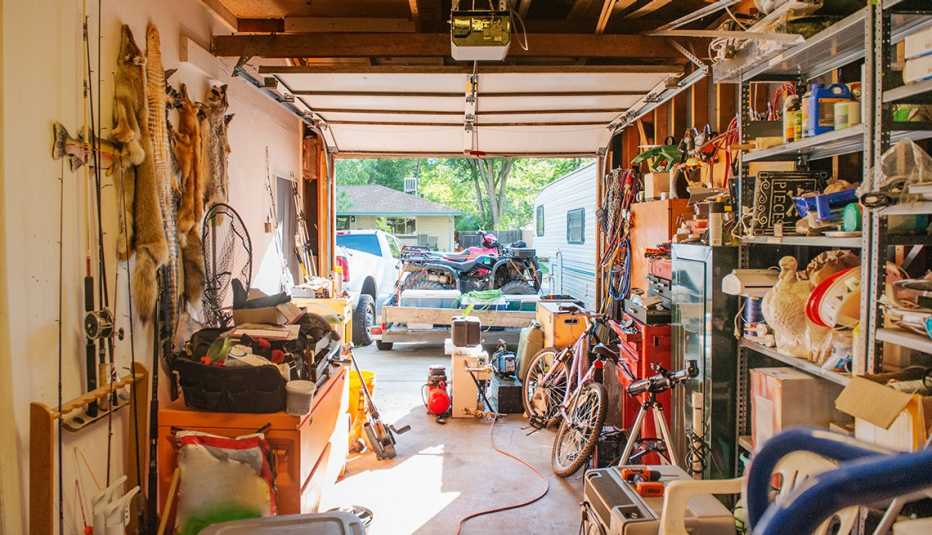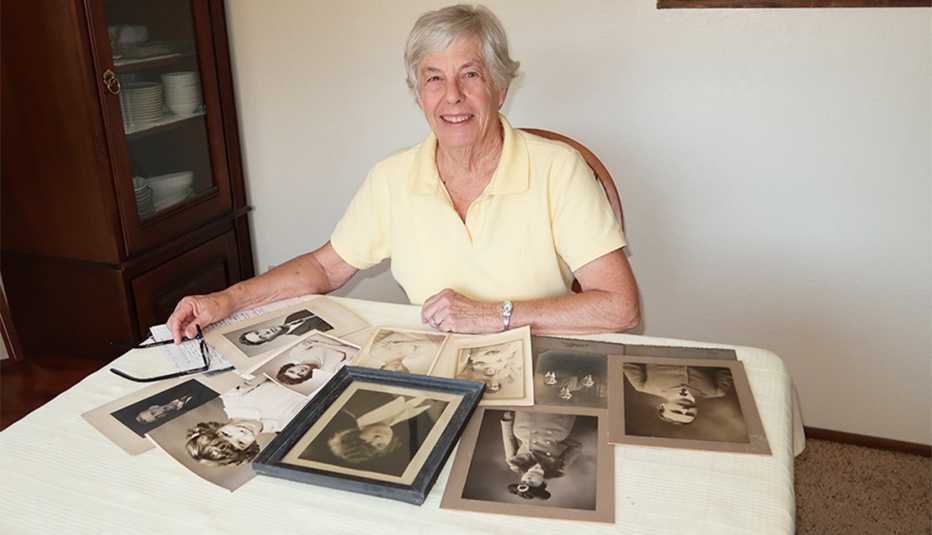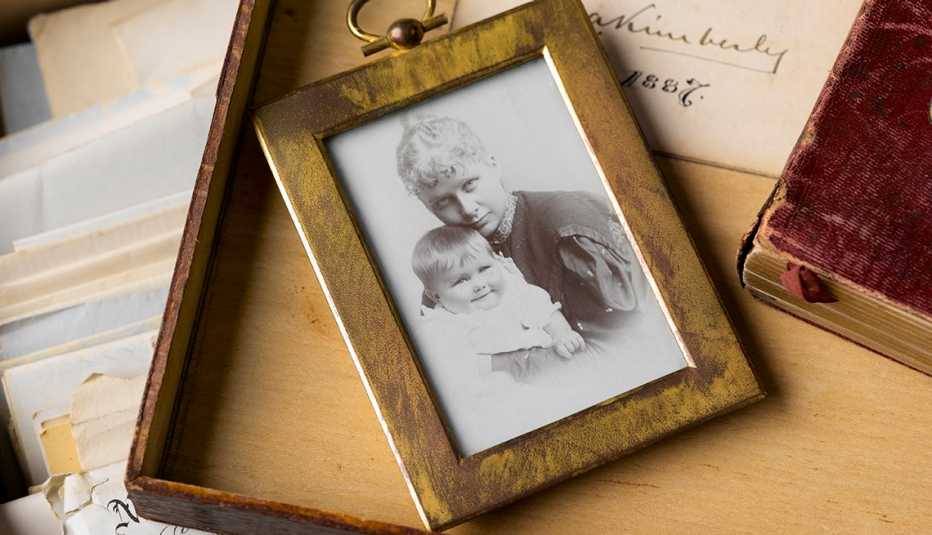AARP Hearing Center
In the attic of a home her family had lived in for generations in St. Paul, Minnesota, Judy Olsen found scores of priceless mementos stored in dusty trunks and boxes, including her great-grandfather’s tuxedo, which was crafted by a Swedish tailor in the early 1900s, a hat that belonged to her great-grandmother, and a shoebox stuffed with more than 50 letters and postcards written by her grandfather while serving in an Army ambulance unit in France during World War I.
The Minnesota home was sold in the early 2000s, but not before Olsen had moved the family memorabilia to her home about 10 miles away, in Woodbury. Maintaining her family museum requires a lot of meticulous work, according to the 68-year-old. She is careful to use archival tissue paper, plastic bags and specially designed boxes to protect the fragile fabric items. She’s digitally scanned letters and other paper documents so they can be looked at without disturbing the originals. Olsen has even gone to genealogy conferences to learn preservation techniques from experts.
Although you aren’t likely to be quite so dedicated as Olsen, you’ve probably accumulated at least a few treasured items that you want to protect. The good news is that whatever you’ve saved, you can take measures that will allow you to enjoy reminiscing with your keepsakes for years to come.
Preservation requires time and effort and sometimes a little money, so be a thoughtful collector instead of a pack rat. “Be selective,” says Denise May Levenick, creator of the how-to website The Family Curator. “Think about why you’re saving it.”
If you’re determined to preserve a piece of family history for generations to come, you’ll want to go to greater lengths than you would for an item that has meaning only to you, she says.
“The enemies of preservation are dust, light, heat, moisture and pests, such as bugs,” says Levenick, who has written two books on the subject: How to Archive Family Keepsakes and How to Archive Family Photos.



































































